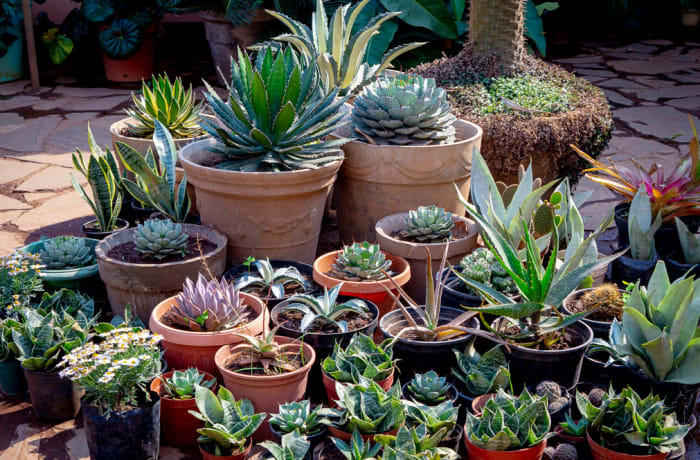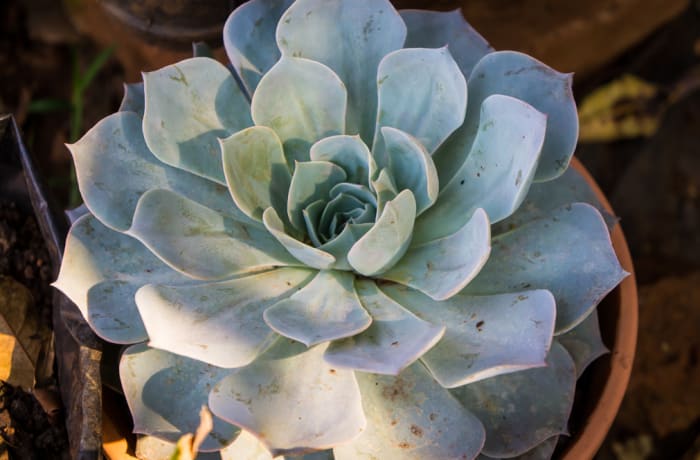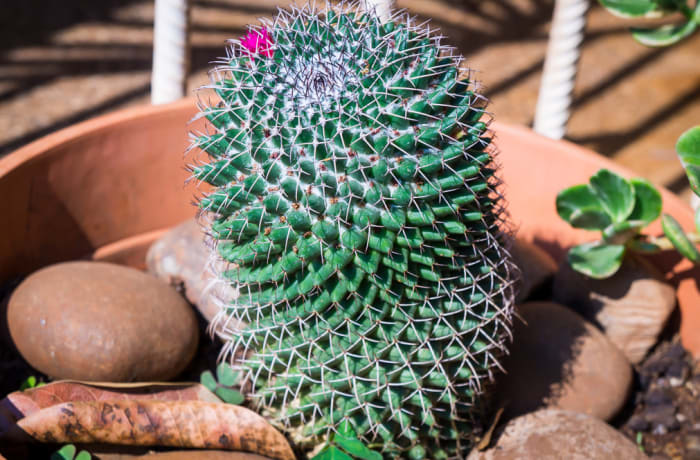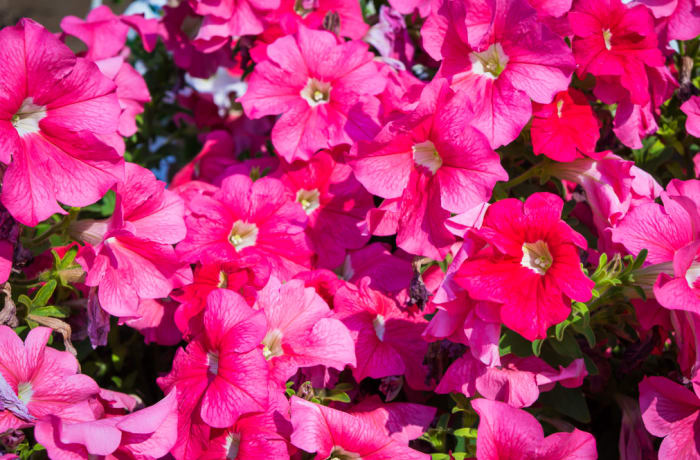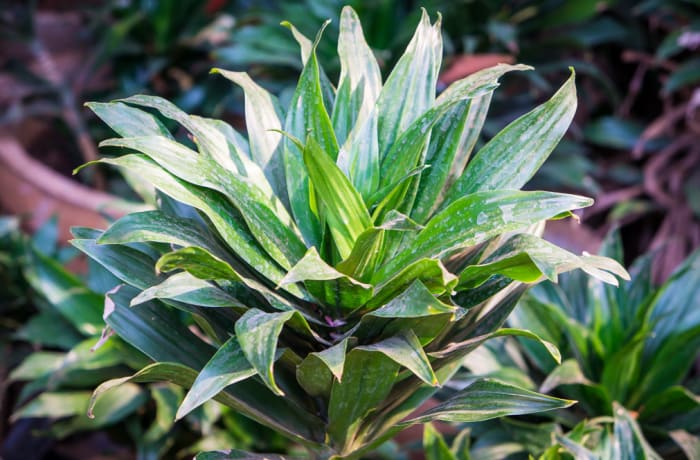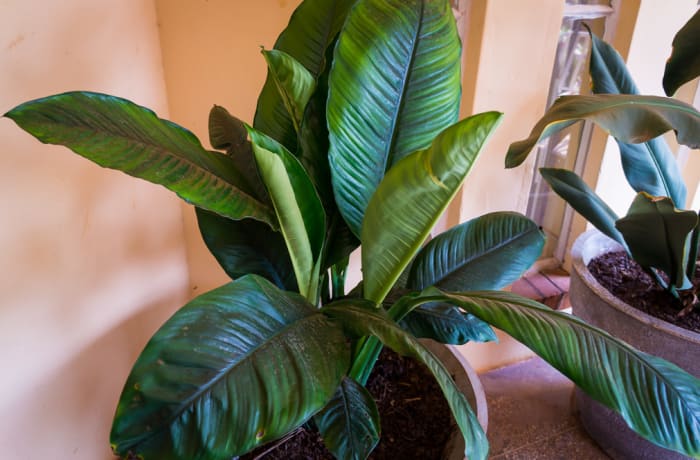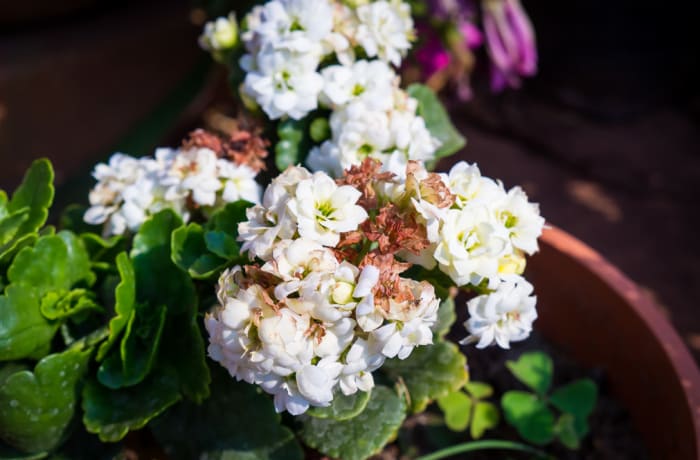
African Violets
Available in many flower colours, African Violets are wonderful indoor flowering plants. They present flowers year-round under the proper growing conditions. Singular flower clusters may last three to six weeks under sound circumstances.
K123
Select your options
Size
NEW
Buy online
This product is available for online purchase — Buy online now and pick it up instore or get it delivered to you.
| Foliage | African violets often form rosettes of rounded, velvety leaves with scalloped edges on short leaf stems. |
|---|---|
| Watering | The best guide is to feel the top of the soil: if it is dry to the touch, then it is time to water. African violets should be allowed to dry out between each watering for best results. |
| Light | African violets need indirect sunlight, direct can burn the leaves |
| Temperature | 21-80°F during the day, and around 18–21°C at night. |
| Toxicity | Both the plant and flowers are non-toxic to cats and dogs, making them perfect for those looking for a low-maintenance, blooming plant. |
| Pests and Problems | The most common pests of African violets are cyclamen mites, mealybugs and thrips. Because it is very tricky to cure a cyclamen mite problem, it is often easier to simply throw out the infested plant. |
| Size | Miniature less than 20 cm across |
| -- | Standard: 20cm - 40cm across |
| -- | Large: more than 40cm across |
Enquire about this item
Enquire via Email
Contact supplier
African Joy
Tree & plant nurseries
Lusaka
Visit African Joy and add a little colour to your garden/backyard with their wide selection of flowers, trees and shrubs. The company always maintains excellent levels of service to ensure their customers are happy and will continue to use them for all their future landscape gardening supplies.
Run a business in Zambia?
© 2021 Infobwana, Ltd. All rights reserved. Formally thebestofzambia.com · Learn more
